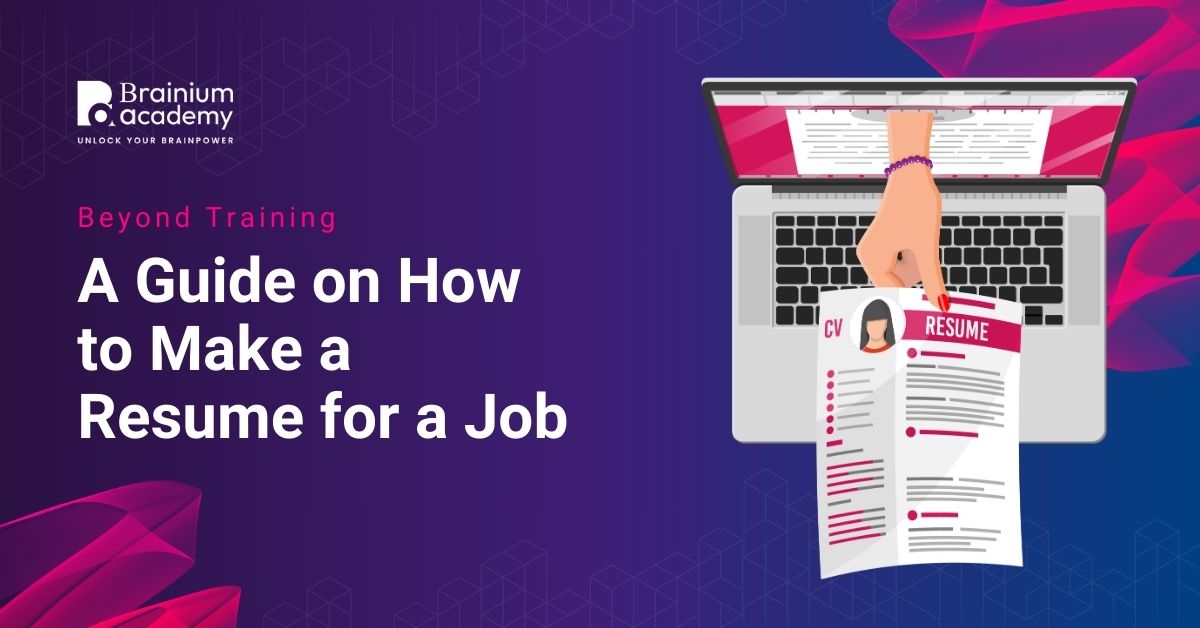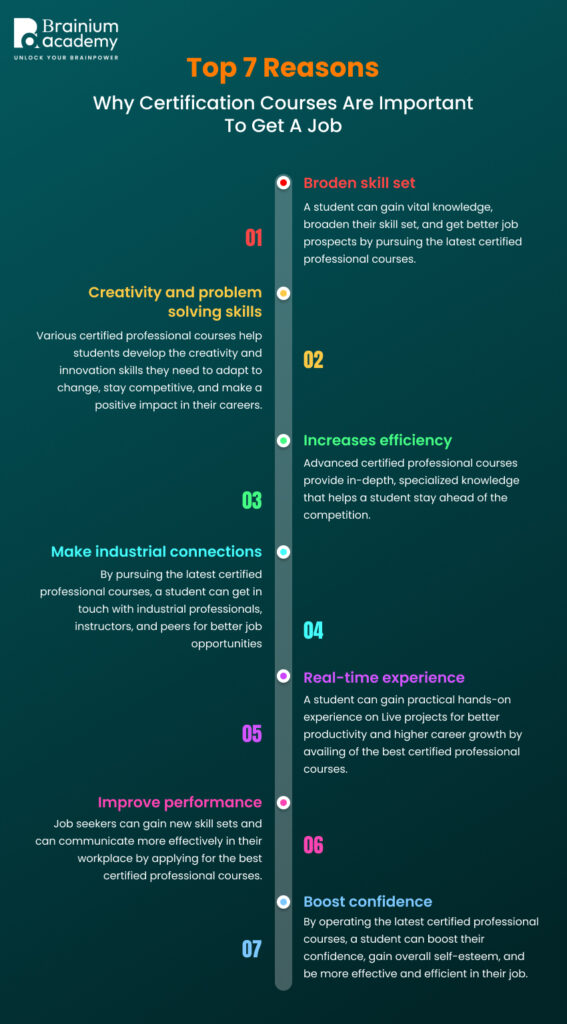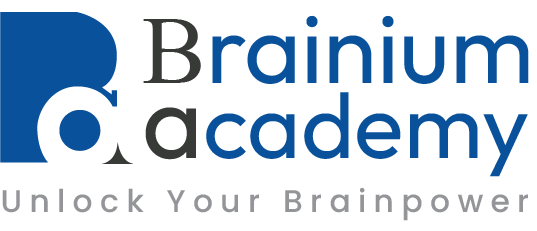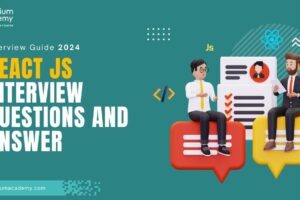
Beyond Training: A Guide on How to Make a Resume for a Job
A well-crafted resume acts as a bridge between employees and their prospective employers. With the help of a well-written resume, a candidate can showcase their expertise and training accomplishments for better job opportunities. He or she can let the potential recruiter know about the various skills and knowledge that they have acquired through practical hands-on training programs and how they are going use them for the overall betterment of a business organization. This is exactly what a recruiter needs to know in today’s competitive age. An employer is interested to know various ways by which the skill of the employee can prove to be beneficial for their organization. If a resume is successful in telling them so, the main purpose is served.
As a result, we can see that the importance of a quality resume can never be underestimated. Now the question that might come to your mind is – “How to make a resume for a job?” Fear not, in the following blog, we will look into how to plan, strategize, and craft a resume effectively.
Understand the Job Requirements
Job requirements refer to skills, qualities, and experiences that an employer finds necessary for a candidate to be considered for a position in their business organization. Job requirements which are also known as prerequisites or qualifications can be considered as a vital part of any job description and cannot be overlooked by either the prospective employee or the employer.
If a student looks into some well-written CV samples, he or she will understand that a resume tells a concise story of the student as a professional. However, it should also be noted that a well-drafted resume helps an employer see how a candidate is fit for the job role. Tailoring the resume to the specific job tends to highlight important skills, accomplishments, and experiences that are relevant to that particular job role thereby increasing the chances of students being noticed by potential employers.
Ways to Analyze and Decode a Job Description
Before deciding what to include in a CV, a student should have a clear-cut idea of the job description. In addition, they should be able to effectively analyze and decode the information in a job description.
- Analyze Title and Purpose
While scrolling through various responsibilities and qualifications, a student should also check how well they align with the official job title. Say, for example, if the title says “SEO specialist” and the candidate only needs zero to one year of experience. That signals an entry-level role.
Now to answer the question of how to make a resume for a job, tailoring the CV based on the job description and title helps to grab the attention of potential employers and increases the chance of success.
- Check Job Requirements
“Required” or “minimum” qualifications are various education qualifications, skills, and experience that the employer has decided are mandatory for the job role. If any candidate barely matches any of them, it usually does not make sense to apply in the first place.
A piece of advice to all students on how to write a CV – just make sure you are not selling yourself short. A student should mention all of their qualifications, training achievements, and skills on a resume to grab more eyeballs of potential employers for better employment opportunities.
If an employer cannot see how the skills align with the job description, they will not spend time looking at a resume, and the student will not get a callback.
What to include in a CV?
As a freshly graduated student who has just stepped into the professional field writing a CV can be hard: What to include in a CV? What to leave off? What sections do employers expect to see? In what order?
- Resume Header
A resume header can be considered the first thing a recruiter looks at. It gives them vital information about the candidate such as their full name, contact information, and link to their professional LinkedIn profile, if any. A resume header has the power to grab the attention of the hiring manager and make them want to know more about you. As a result, a student needs to design a well-comprehensive resume header.
A good resume header should include –
- Full Name: It is always advisable to use full names and avoid nicknames as it is a formal document.
- Contact Information: List the correct phone number and professional email address.
- Add a LinkedIn Profile: If a student has a LinkedIn profile, he or she should include it in the header. They should also ensure that their LinkedIn profile is updated.
Apart from the above mentioned information, a student should use a larger font size for their name to make it stand out and easy to read. In addition, they should keep the formatting of the header consistent throughout your resume – use the same font, style, and color which is easy on the eyes. For a better understanding, students can look into some well-written CV samples.
- Resume Title
While deciding upon what to include in a CV, a student should keep in mind to incorporate the right title on his or her resume. Job titles inform prospective recruiters and hiring managers about the type of job a student is currently doing and what job role they have at work. Usually, job titles are just a few words long, say for instance – “senior SEO expert” or “junior social media manager”. A well-crafted job title should be able to put forward various responsibilities of the job and the level of the position (junior or senior) in a few words.
- Summary Or Objective In A Resume
While the resume summary highlights a few important experiences and skills of a potential candidate, a resume objective is a simple statement of your career goals. A resume summary usually has two to three sentences in it. An objective is just one. However, the main purpose of a summary or objective is to immediately grab the eyeballs of the potential employer.
While talking about how to write a CV, students are always advised to add an objective or summary to their resume. This in turn helps potential recruiters to understand what drives them, and what are their professional expertise. A student also mentions their professional goals and make them parallel with what the employer needs to get better job opportunities.
If the summary or objective can grab the attention of prospective employers and there is a mutual interest to benefit both sides, the chances of getting called in for an interview will be higher.
- Highlight transferable skills
Transferable skills just as the name suggests refer to those skills that can be transferred from one job to another. Transferable may include soft skills, like problem-solving and collaboration, or hard skills, such as coding and data analytics.
An employee can apply these general transferable skills to various working environments, fields, and industries.
Say for instance – problem-solving can be considered an important transferable skill because an employer tends to look to hire people who can help them find solutions. A marketer will use these skills differently than a data analyst. The marketer may know how to bring a bigger audience to their site. However, the data analyst may know why revenue is down by digging through the results of past sales. So it can be seen that both marketers and data analysts use the same problem-solving skills but their implementation is different. A student can have a look at various CV samples for better understanding.
Highlighting previous work experiences, internships, or projects to showcase transferable skills increases the overall credibility of a student.
- Add noteworthy achievements
While deciding upon what to include in a CV, a student should always be encouraged to include all achievements, especially during training, such as successful projects, presentations, or notable accomplishments.
Professional accomplishments tend to act as a signal to all potential recruiters that a candidate is motivated to excel in their position. They help to increase credibility and demonstrate that a student can use their education and knowledge to go beyond a position’s requirements and do the best that they can. Accomplishments and achievements show that a candidate can push past the routine and design something new or produce more than expected.
Why Certification Courses Are Important To Get A Job
A student opts for the latest short-term certification courses after graduation to gain all-important technical know-how and stay ahead of the curve. Some of the well-known certification courses are –
- React Native Course
React Native is an innovative framework that allows mobile app developers to create innovative and robust mobile applications using JavaScript. An aspiring mobile app developer can avail of the latest React Native courses from a reputed academic institution and take their React Native skills to greater heights
- Flutter Course
Flutter is a part of Google’s UI toolkit that is used for building beautiful, natively compiled applications for mobile, web, and desktop from a single codebase. A student can opt for the latest Flutter course will teach students the best practices for designing high-quality mobile applications.
- Angular Course
Angular is an open-source, JavaScript framework written in TypeScript. Google maintains it, and the primary purpose of Angular is to develop single-page applications. It tends to provide the basic structure for developers to work with. Web developers can get practical hands-on knowledge along with theoretical knowledge by opting for the latest Angular course. They can learn state management, component communication, routing, reactive forms, etc., and stay ahead of the competitors.
Candidates are always advised to include important certifications while deciding what to include in a CV. Before going deep let us first understand why professional certification courses are important. Various reasons certified professional courses are important are as follows –
- Broden skill set
By pursuing the latest certified professional courses, a student can gain vital knowledge, broaden their skill set, and increase their potential as an employee for better job prospects.
While talking about how to write a CV, it should also be noted that skills are a vital part of a resume. A student should mention all his vital skills in a CV because it shows prospective employers that he or she is well-qualified to do the job.
- Creativity and problem-solving skills
An employee who is creative and comes up with new ideas in a business environment can be considered a valuable asset for establishing a good reputation in front of your employers. It helps to broaden the overall horizon of a student and helps them approach any problem with a unique point of view and find innovative ways to solve it.
The latest certified professional courses help students develop the creativity and innovation skills they need to adapt to change, stay competitive, and make a positive impact in their careers.
- Increases efficiency
Advanced certified professional courses provide in-depth, specialized knowledge that helps a student significantly enhance an organization’s overall productivity, and stay ahead of the competition.
- Make industrial connections
A student can get in touch with industrial professionals, instructors, and peers for better job opportunities by pursuing the latest certified professional courses.
- Real-time experience
By availing of the best certified professional courses and getting practical hands-on experience on Live projects, a student can get a better understanding of the subject and apply the classroom theories in real-time. This in turn results in higher productivity and higher career growth.
- Better performance
Job seekers can gain new skill sets and can communicate more effectively in their workplace by applying for the best certified professional courses.
- Gain confidence
By operating the latest certified professional courses, a student can boost their confidence, gain overall self-esteem, and be more effective and efficient in their job. A student should include relevant training programs, certifications, and courses completed in his or her CV. It helps to demonstrate the qualifications or skills related to the job he or she is applying for. In addition, certificates can add credibility and provide evidence of your expertise or experience in a particular area. A student should have a look at various CV samples available online for better understanding.

Also Read: Unlocking Career Advancement: The Role of Professional Courses
Tailor the Resume for Each Application
While deciding what to include in a CV, students are always advised to tailor his or her resume for each application based on job requirements.
On average, an employer usually spends around 6-10 seconds reading, or rather, scanning a resume from front to back. Creating a tailored resume along with an easy-to-read professional format allows students to grab eyeballs and address the specific needs of a particular prospective employer faster. Tailoring the resume for each job application enables a student to demonstrate how they can leverage their existing skills, previous experiences, and accomplishments to meet the position’s specific requirements. This in turn helps to increase the chances of employability for a student.
Wrapping Up
A resume can arguably be the most important piece of paper in a student’s career. However, designing a well-crafted resume can be daunting for many. Maybe you are not sure what to include in a CV, or maybe you are not sure about the right way to format and fit all the information onto one page. Fear not, follow the above-mentioned points, include all your short-term professional courses from a reputed educational institution in your CV, and take your career to greater heights.



